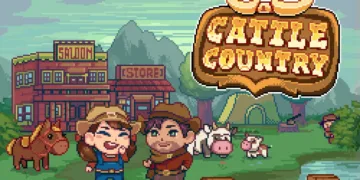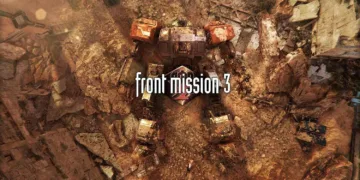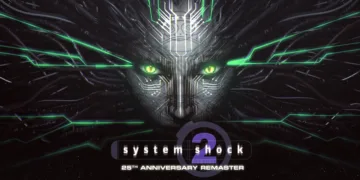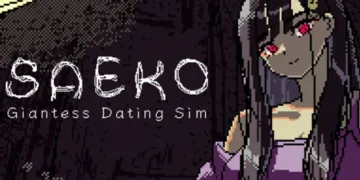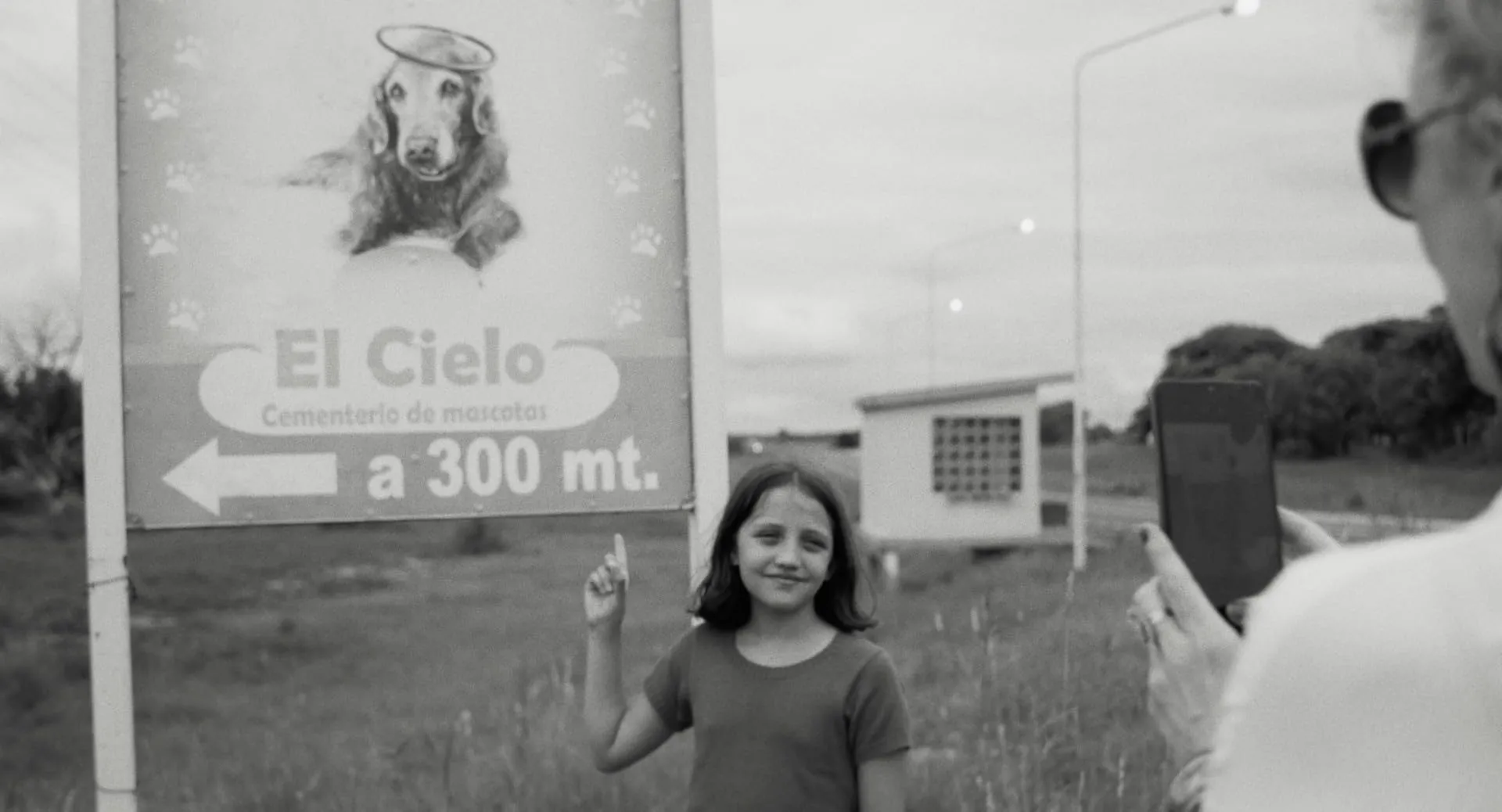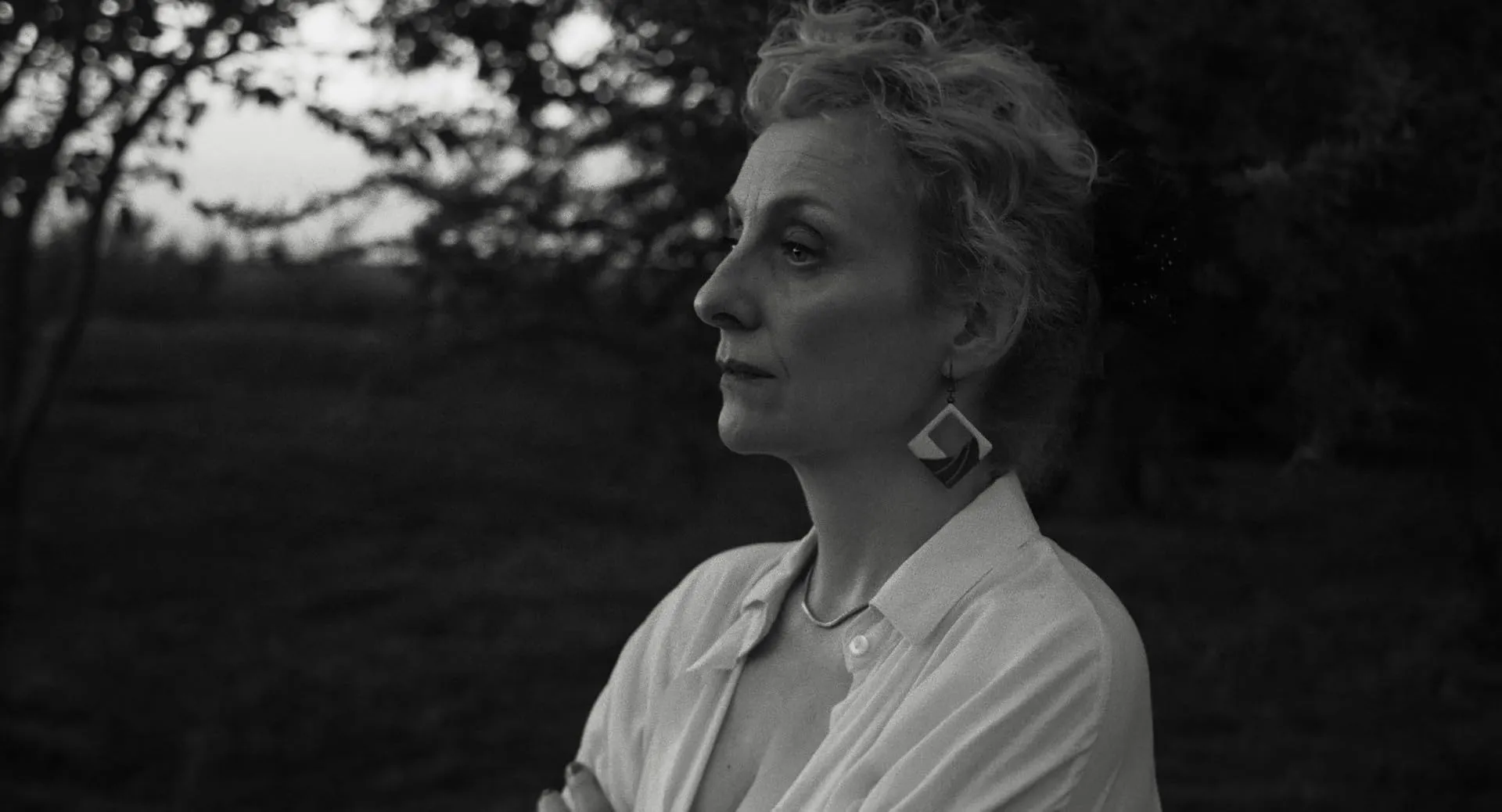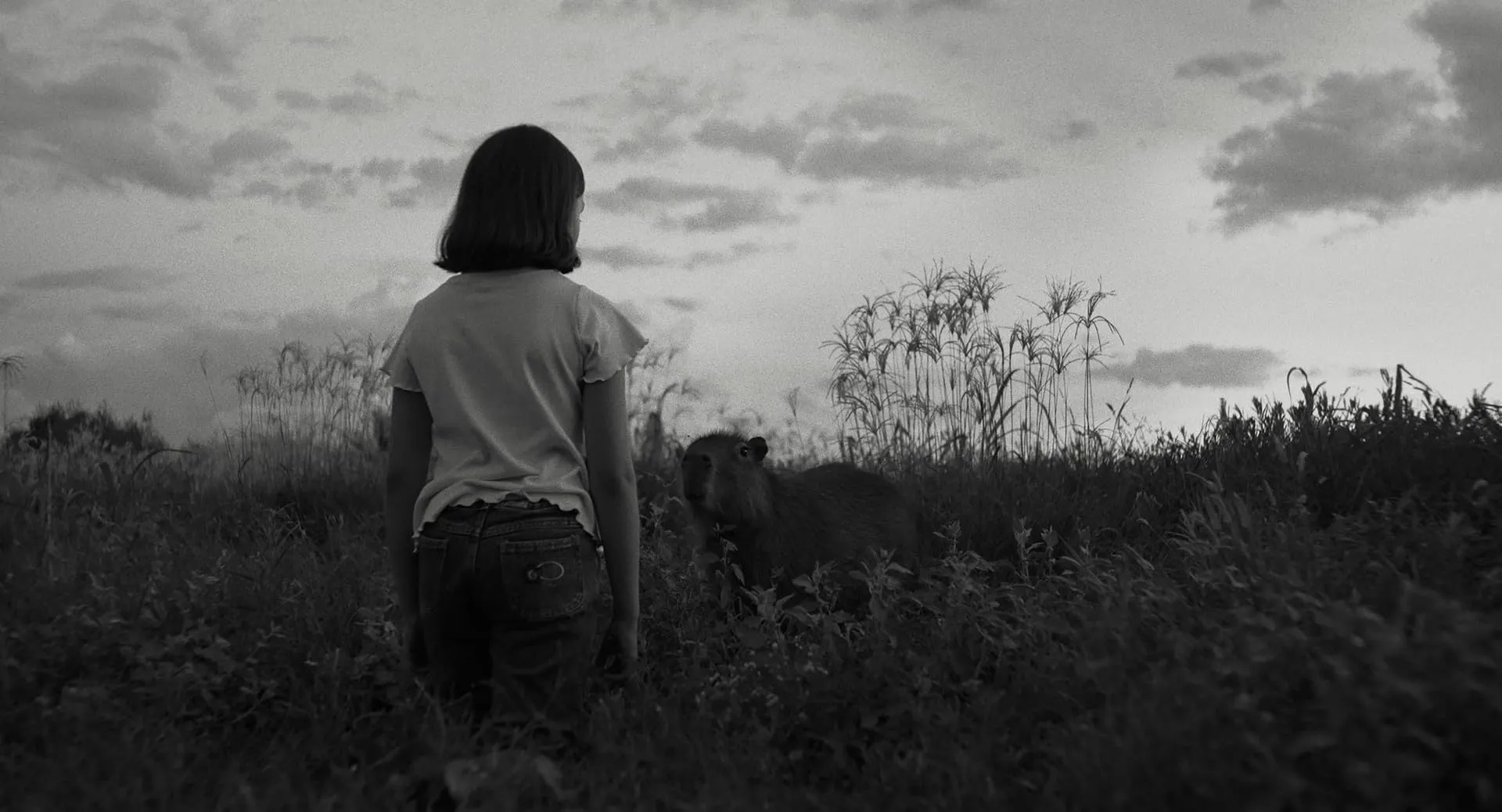A young girl gifted with the power to converse with animals anchors this film, set against the stark, unyielding terrain of rural Argentina. From the opening moments, we witness her enigmatic talents as she interacts with creatures whose silent voices hint at hidden realms.
Accompanied by two ambiguous guardians whose roles are shrouded in quiet mystery, she moves through a series of evocative encounters—a nocturnal meeting at a pet cemetery, fleeting images of dimly lit van interiors, and soft exchanges under the indifferent sky.
The film unfolds at a measured pace, offering a series of meditative vignettes that stir questions about belief, innocence, and the nature of unseen truths. The barren landscape, marred by economic hardships and environmental desolation, frames these encounters with a persistent air of melancholy and subtle humor. Each scene casts a reflective light on life’s impermanence and the silent depths beneath our daily existence.
Ethereal Characters and Veiled Connections
Anika emerges as a spectral presence whose quiet innocence belies a strange and uncanny gift. Her subtle expressions shift like fleeting shadows on a worn wall, capturing the essence of a soul unburdened yet touched by the weight of an inexplicable secret.
In each glance, there is a whisper of mystery—a fleeting sparkle that hints at worlds beyond our own. Her performance oscillates between moments of radiant curiosity and a muted sorrow that speaks of burdens too profound for her tender years. The interplay of youthful delight and hints of exploitation or concealed melancholy renders her character a riddle, inviting us to contemplate the nature of innocence touched by unspoken truths.
Myriam and Roger, enigmatic figures in her orbit, offer a counterpoint to the luminous uncertainty of Anika. Myriam, with an air that recalls fading glamour and delicate tenderness, exudes a warmth that is at once nurturing and veiled in complexity. In contrast, Roger presents a reserved, almost spectral demeanor, his eyes reflecting a history of muted passions and unvoiced regrets.
Their ambiguous roles, caught between kinship and the possibility of calculated deceit, invite scrutiny without ever disclosing their full intent. Their interactions with Anika cast ripples of ambiguity across the narrative canvas, each gesture and silence a fragment of a hidden dialogue.
The subtle dance among these characters is underscored by an economy of words and a language of glances. Moments of shared silence speak volumes, while minimal dialogue leaves room for the unexpressed and the intangible.
The power dynamics, softly shifting like the slow drift of clouds, evoke questions about the balance between care and exploitation. In this fragile interplay, the film captures a tension that is both haunting and enigmatic, inviting contemplation of the delicate threads that bind human experience to the ineffable.
Monochrome Visions: A Study of Shadows and Light
The film’s choice of a black-and-white palette creates a quiet atmosphere where contrasts between gleaming highlights and deep shadows speak of hidden realms and untold sorrows. The absence of color sharpens our attention to textures and reflections—the glimmer on a rain-washed street, the soft silhouettes framed by a foggy window—each moment a silent meditation on existence.
A nocturnal scene, where dim light filters through the aged glass of a van window, sets a tone that is both stark and haunting, inviting reflection on the interplay between what is seen and what lies beneath.
The framing is deliberate and measured, with long, unbroken shots that capture a world in stillness. Static images of vast, empty fields and rugged roads evoke a sense of isolation, as if the characters are suspended in time and space.
The camera lingers on quiet details—a distant farmhouse, a slow-moving cloud across a barren sky—transforming ordinary vistas into existential musings. This measured approach resembles the unadorned quality of documentary observation, presenting rural life with an unfiltered honesty that asks us to consider the raw, unpolished truth of our surroundings.
Recurring visual motifs—the endless, untrammeled road, the confining interior of a humble vehicle, the expanse of an open field—act as silent metaphors for inner experiences that remain just out of reach.
These images, captured through unconventional angles and gentle shifts in focus, suggest that our inner landscapes are as vast and uncharted as the terrain before us. The deliberate play of light and dark not only defines the physical setting but also mirrors the subtle tensions of human vulnerability and the enigmatic nature of personal revelation.
Soundscapes of Solitude
A solitary trumpet sings in the silence, its notes tender yet somber, as if confessing secrets of forgotten nights. The film’s musical score crafts a quiet soliloquy; the muted horn fanfares and sparse instrumental strains punctuate moments of introspection, evoking an inner dialogue between the soul and its concealed regrets. Each note seems to float in an endless expanse, inviting the viewer to reflect on the intangible interplay of hope and despair.
Interspersed within this classical murmur are unexpected bursts of contemporary pop—snatches of a familiar track that momentarily shift the auditory canvas. These interludes, brief and striking, create a contrast that is both jarring and strangely harmonious. The presence of modern sound against a backdrop of age-old melancholy questions the nature of time and memory, as if the past and present coexist in a perpetual echo.
Ambient audio, recorded with a delicate sensitivity to the natural world, captures the quiet pulse of the countryside. Subtle sounds—rustling leaves, the distant murmur of wind over barren fields, and the soft clatter of everyday life—imbue the film with a tactile sense of place.
The sound design, precise yet unassuming, mirrors the measured pace of the narrative, allowing silence itself to become a character. In these sonic layers, one finds an invitation to confront the somber rhythms of existence, where every whisper of sound stirs a contemplation of life’s fleeting, yet enduring, essence.
Spiritual Riddles and Uncertain Symbols
Anika’s telepathic ability serves as a delicate thread, weaving together the spiritual and the tangible in a landscape where the line between genuine mysticism and practiced artifice remains blurred.
Her quiet communion with creatures stirs questions about belief and doubt, inviting the observer to ponder if this gift is an inherited wonder or a finely honed performance born from necessity. Each silent exchange carries the weight of ancient lore and the somber inevitability of human longing for connection beyond what is visible.
The portrayal of a child caught between the luminous charm of imaginative play and the harsher demands of survival introduces a disquieting tension. The film paints her innocence against a backdrop of economic strain, hinting at a subtle exploitation where wonder becomes currency in a world too stark to allow dreams without sacrifice. This collision of vulnerability and practicality creates an atmosphere where the purity of youthful perception meets the inevitable encroachment of life’s harsher realities.
Narrative techniques in the film eschew straightforward storytelling in favor of a series of evocative tableaux. A camper van, worn by relentless travel; a pet cemetery, quiet and imbued with loss; isolated institutions that echo the forgotten corners of society—each image functions as a symbol loaded with ambiguity.
The pacing, measured and unhurried, permits these symbols to slowly unravel, their meanings shifting like shadows at dusk. There exists a deliberate reluctance to offer tidy resolutions, leaving the viewer with a mosaic of moments that hover between clarity and uncertainty, much like the spectral interplay of light in an old photograph.
Cultural Intricacies and Nomadic Spaces
The rural Argentine landscape unfolds as a canvas of hardship and quiet endurance. Here, the sunbaked plains and worn paths mirror the struggles of a society facing economic desolation. The film portrays a nation where scarcity leaves its mark on the people, shaping their hopes and the spaces they inhabit.
Amid fields that stretch into an indifferent horizon, characters cling to traditions handed down through generations, even as they navigate a reality marked by financial strain and social isolation. The starkness of the setting suggests that survival itself may be an act of art—a quiet resistance against forces that drain color from everyday life.
Within this austere environment, the humble camper van emerges as a vessel of both literal and symbolic migration. Its cramped interior captures the delicate balance between intimacy and confinement, reflecting the internal lives of its occupants.
Here, every shared glance and whispered plan resonates with a muted intensity, revealing dreams that flicker against the overwhelming force of hardship. The van is not merely a means of travel; it becomes a repository of unspoken truths and tentative aspirations, a small world where personal narratives intertwine with the vast, indifferent landscape.
The film offers a measured reflection on the collision between emerging modern impulses and age-old customs. While fleeting images of digital devices and transient urban signs surface, they are set against a backdrop steeped in folklore and ancestral practices—animal communication, familial legacies, and timeworn rituals.
This interplay casts a subtle light on the fragility of human connections, hinting at the vulnerability inherent in our shared efforts to remain whole amid rapid change. Each visual and auditory cue invites a meditation on the persistence of cultural memory in the face of relentless, sometimes unforgiving, transformation.
The Review
The Message
Dark, haunting, and quietly provocative, "The Message" offers a reflective meditation on existence through sparse narrative and evocative imagery. Its mysterious charm and understated performances coax us to confront silent questions of identity, innocence, and exploitation amid a landscape of hardship. The film challenges us to examine unspoken truths and the fragile nature of human connections.
PROS
- Evocative visual style with arresting black-and-white cinematography
- Poignant and nuanced performances, notably from the young lead
- Atmospheric sound design that deepens the film's reflective mood
- Thought-provoking themes that prompt philosophical inquiry
CONS
- Ambiguous plot may leave some viewers perplexed
- Deliberately slow pacing might not appeal to all































